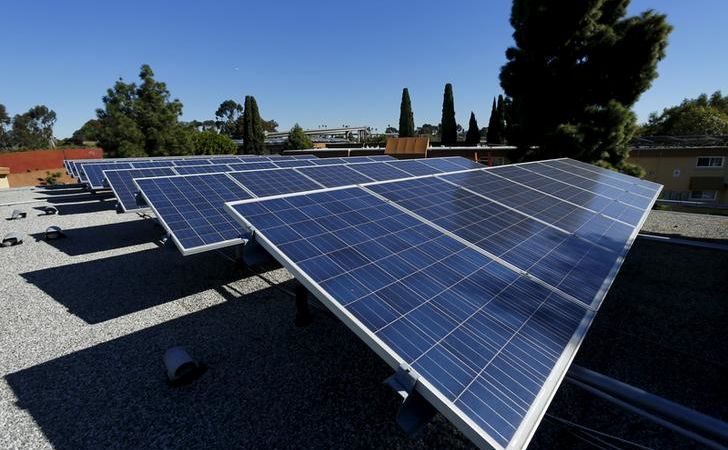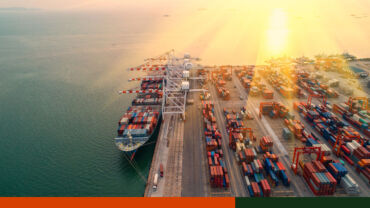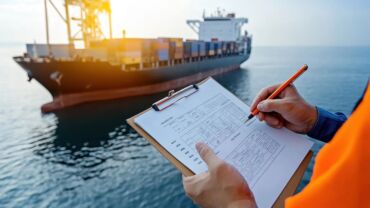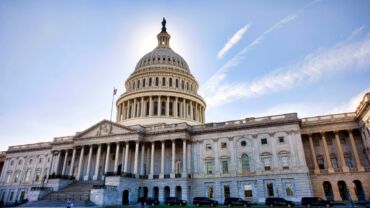On January 22, 2018, President Trump approved recommendations to impose Section 201 safeguard tariffs on imported large residential washing machines and solar cells and modules. This was the conclusion of U.S. manufacturers’ efforts in filing complaints that they were being hurt by foreign competition — mainly from Asia. In fact, both SolarWorld Industries Americas Inc. and Suniva — two small U.S. solar manufacturers — filed their petitions just days after declaring bankruptcy (read more here).
The Whirlpool Corporation, an American multinational manufacturer of home appliances headquartered in Michigan, filed their own formal complaint with the U.S. International Trade Commission (ITC) claiming that competitors like Samsung and LG were selling their washing machines in the U.S. at prices that were below their cost of production.
Many industries have used antidumping (ADD) and countervailing duty (CVD) trade remedies in the past to combat similar scenarios. The difference between ADD and a Section 201 decision is the global impact this action will have. ADD/CVD applies to a certain country or region while a Section 201 finding by the ITC allows the President to apply tariffs globally.
After the ITC investigated, it was a unanimous decision (4-0 in favor) that these industries were “seriously injured” by international competition. These safeguard tariffs will soon take effect and will add 20 percent to the cost of up to 1.2 million foreign-made washers, and 50 percent to any imports that exceed that quota during year 1 (Canadian imports excluded). For imports of solar cells and modules, importers can expect to see a 30 percent tariff in year 1 (cells exempted from tariff at 2.5 gigawatts).
But will these safeguard measures have the intended effects?
Possible Short-Term Effects
Solar Jobs
Although the overall impact of the new tariffs on solar cells and modules is far from clear, we do know that this could have an adverse impact on job outlook. According to the Solar Energy Industries Association (SEIA), a tariff at this level will eliminate roughly 23,000 American Manufacturing Jobs the first year, and it is estimated that 88,000 solar panel installation jobs will be lost. According to the SEIA, there were 38,000 solar manufacturing jobs in the U.S. at the end of 2016, and all but 2,000 manufactured something other than cells and panels. In addition, the SEIA foresees delays or cancellations of billions of dollars in solar investments, further damaging an industry moving consumers toward a reduction of greenhouse gas emissions and dependence on fossil fuel.
Appliance Manufacturing Jobs
Having experienced protectionist measures before in the form of antidumping and countervailing duties, Samsung and LG seem to be better prepared. In fact, both manufacturers have historically responded to these types of measures by shifting production whenever they see one coming (read more here). This is the case once more with both manufacturers having announced they will soon start supplying washers from their U.S. production lines currently under construction.
Samsung’s state-of-the-art, $380million manufacturing facility in South Carolina is projected to generate more than 950 local jobs by 2020.
LG’s 829,000 square-foot factory in Tennessee is expected to bring 600 stable, high-paying jobs, with their first washing machines projected to come off the line as early as next year.
Possible Long-Term Effects
These protectionist measures are meant to improve the state of the local industry. The true cost of these measures include the possibility of the loss of ancillary industries supported by foreign imports, as well as straining relationships with our trading partners.
Columbia University Trade Law Professor Petros Mavroidis believes that tariffs on imported consumer goods can also have an impact on selection and innovation. According to Professor Mavroidis, these price increases may cause goods to stay out of the market because they have been priced out. Furthermore, Professor Mavroidis believes that protectionism may lead to more demand for protectionism, providing companies with the wrong incentives; incentives to demand more protections instead of improving their products to stay competitive.
Historical Actions and Responses
These Section 201 Safeguard provisions have been used at least six times in the last 20 years, most recently in 2002 with regard to imported steel. However, few remedies from past Section 201 cases lasted the full four years because affected countries challenged the provisions under the dispute resolution provisions of the World Trade Organization (WTO). It could be years before any challenges make it through the long dispute resolution process. Moreover, the WTO has sided against the U.S. in every past Section 201 challenges because these protectionist type measures are inconsistent with U.S. obligations to the WTO.
Furthermore, there are mechanisms outside the WTO that allow affected countries to challenge this ruling. Mexico has a mechanism under NAFTA Section 802.6 allowing the country to challenge these types of rulings. Korea is provided the ability to challenge under Article 10.5 of the Korea-US Free Trade agreement (KORUS). Both of these agreements (NAFTA and KORUS) have been targeted by the Trump administration for re-negotiation specifically referencing a goal to remove the dispute resolution sections that allow these trade agreement partners the mechanism to challenge protectionist policies.
Like all government rulings, the beginning stages of implementation are always a guessing game filled with predictions of their true impact. What we can safely expect is for President Trump to continue to push his “Made In America” campaign with only time providing us with a clear picture of the outcome.








